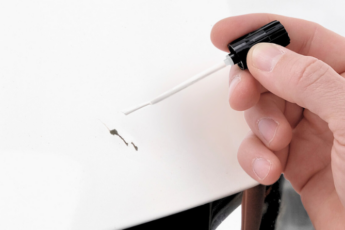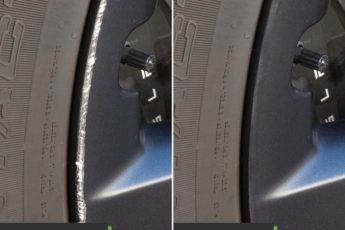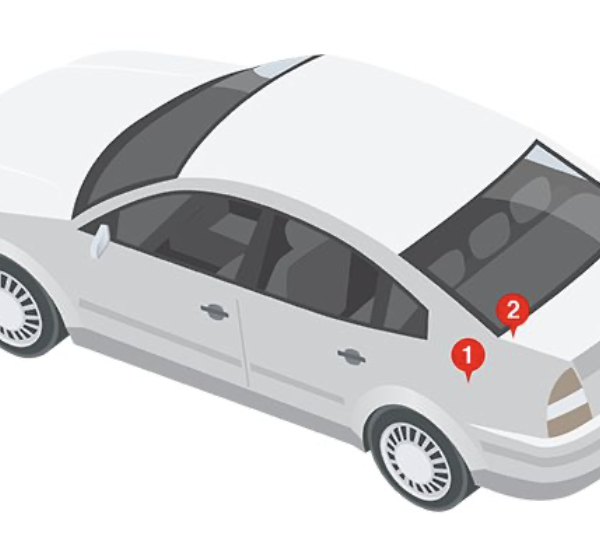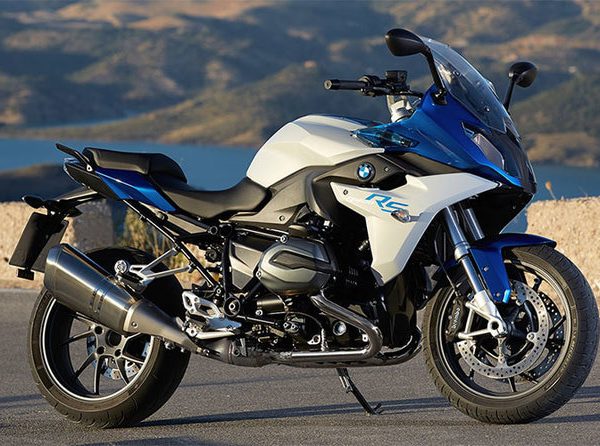Wetsanding Your Vehicle
Hey there! Today, we’re gonna talk about sandpaper, wet sanding, and how it relates to your vehicle’s coat. Sandpaper has many uses in the touch up paint process. We highly recommend (insist really) that whatever sanding you do on your vehicles is wet sanding.
Why Does It Need To Be Wetsanding?
Using the wet sanding technique will create a much smoother looking paint job. It’s especially good for getting scratches out of your paint. Trying to do this with dry sandpaper may create even bigger scratches! It’s important to make absolutely sure that you have sandpaper that is specifically marked for wet sanding. These are sandpaper that can be used for dry or wet sanding. TouchUp Direct includes them with our Platinum Kit and can be purchased separately on our website. The kit includes 500, 1500, and 2000 grit sandpaper.
What is Grit?
The coarseness of sandpaper is determined by grit. It is measured per square inch. 500 pieces of grit per square inch would equal 500 grit sandpaper. So the higher the grit number, the finer the sandpaper is. The finer the sandpaper, the less aggressive the scratching properties are.
How Do I Wet Sand?
- Get a glass or mug and fill it with water. Adding soap or detergent is optional.
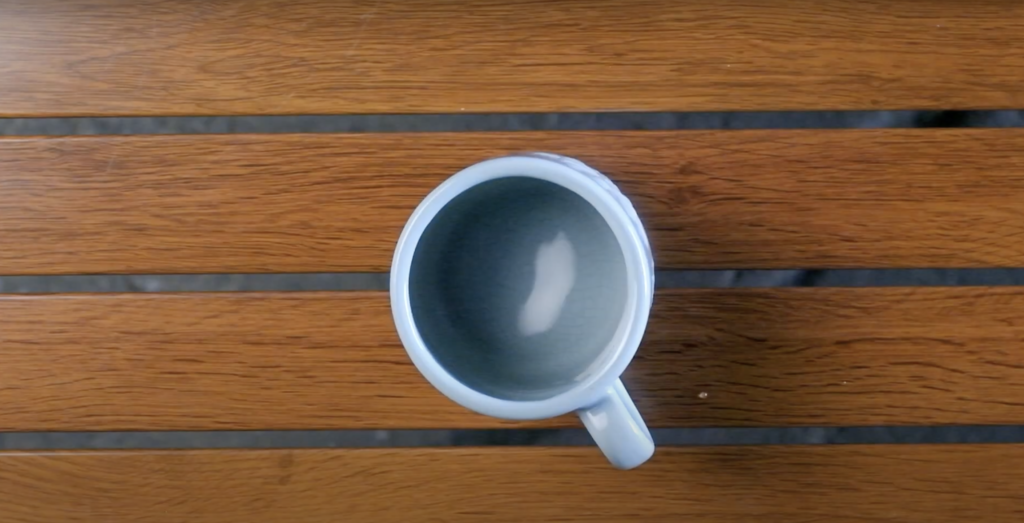
2. Fold your sand paper into thirds.
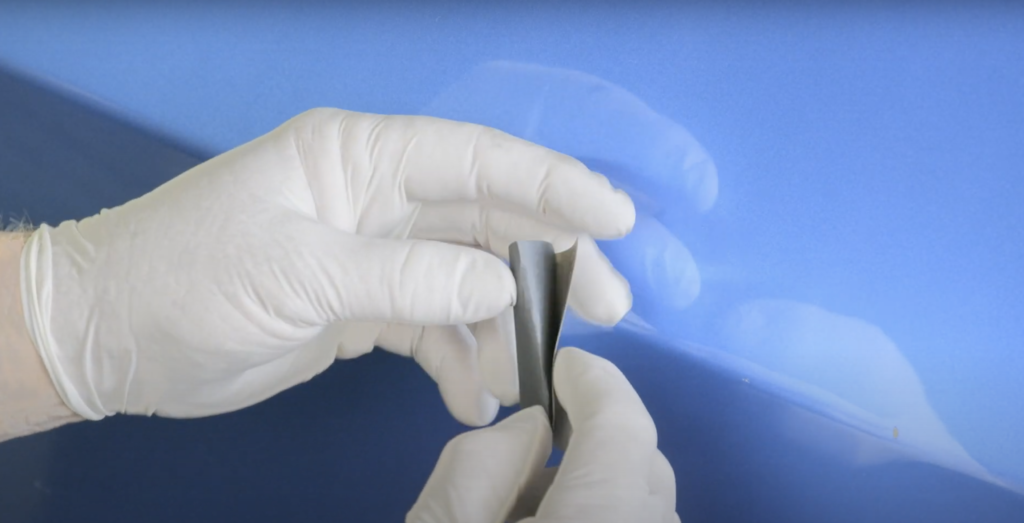
3. Fully dip the sandpaper into the water.
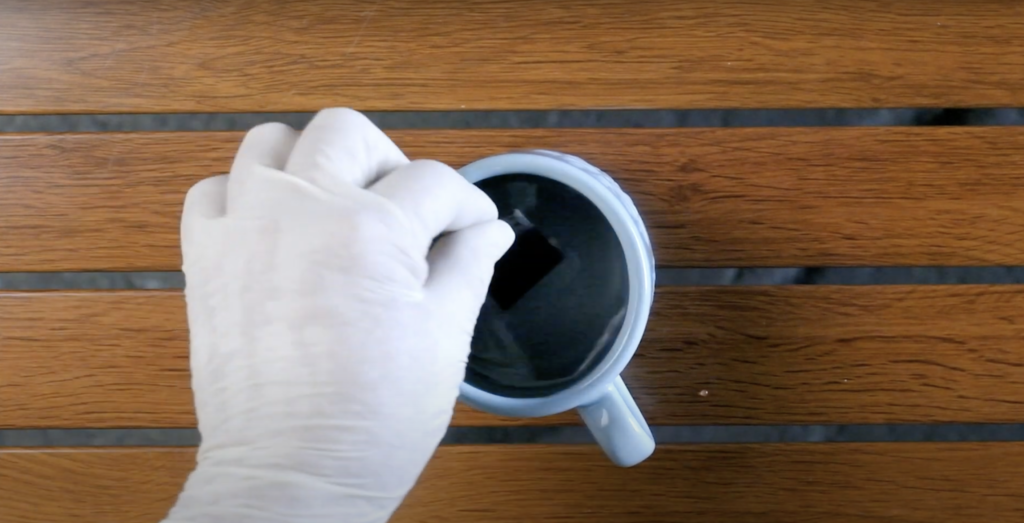
4. Make sure you stay within the damaged area.
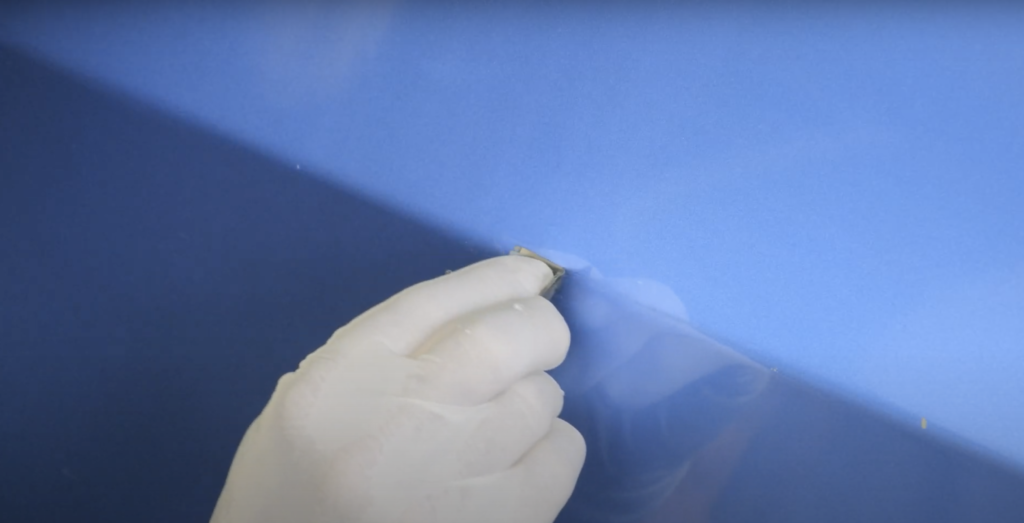
Now depending on what you need done, there are different levels of sandpaper grit that you will need to use. For each of these, you should remember to sand in the same direction as the scratch. We’ll go by paint level.
- Pre-Primer
- If you’re down to the substrate or just want to start from scratch (no pun intended), you will need 500 grit sandpaper.
- Take the 500 grit and scuff until whatever leftover paint is removed. This method is also good for getting out rust.
- The primer should be thick enough to fill in the harsh lines left behind.
- Primer
- Make sure that the layer of primer you have laid down is dry first. This usually takes about 5 to 10 minutes.
- For this, you will want 500 and 1500 grit sandpaper to get rid of imperfections so that the basecoat will go on evenly.
- Use the 500 grit to remove debris and make the surface even.
- Once you’re done with that, take the 1500 and rub to create a smooth surface for painting.
- Be careful not to sand through the primer or else you’ll have to start all over again.
- Basecoat
- It’s not necessary to sand on this level. Only use sandpaper if you have runs, splatter or uneven coats. For this level, you have to use dry sandpaper. Wet sanding waterborne paint will remove said paint. Use 1500 grit sandpaper. You will have to repaint after you do this.
- Clearcoat
- Once the clearcoat is dry, create a smooth finish with the 2000 grit sandpaper. You will need to apply a polishing compound to make the finish glossy.
And that’s what you need to know about wet sanding! If you’re more of a visual learner, we do have an instructional video available. Click here to watch it.

 Cart
Cart
 Help Desk
Help Desk
